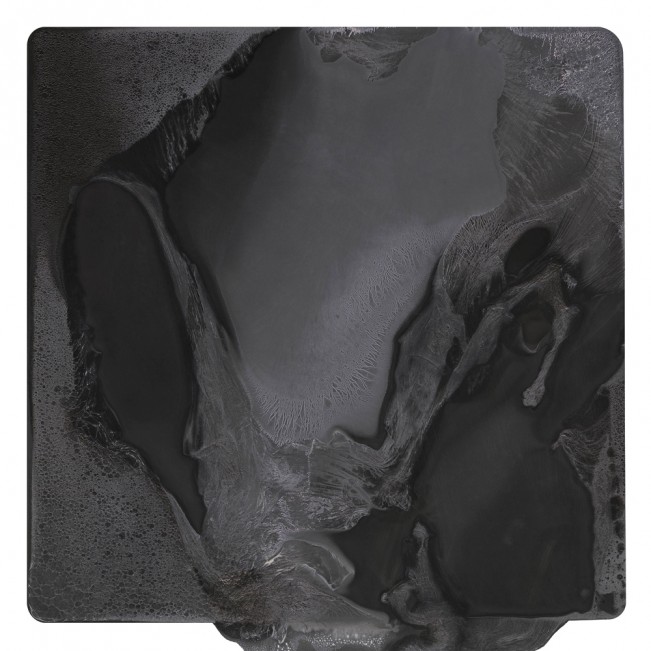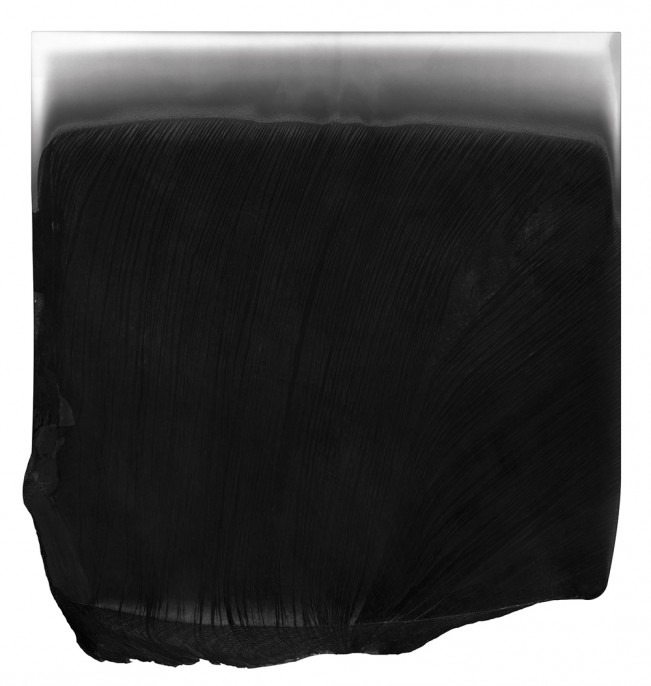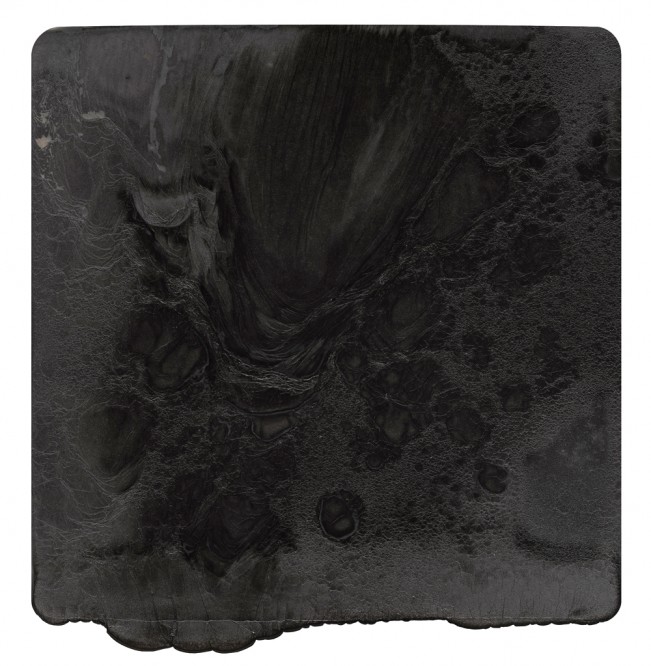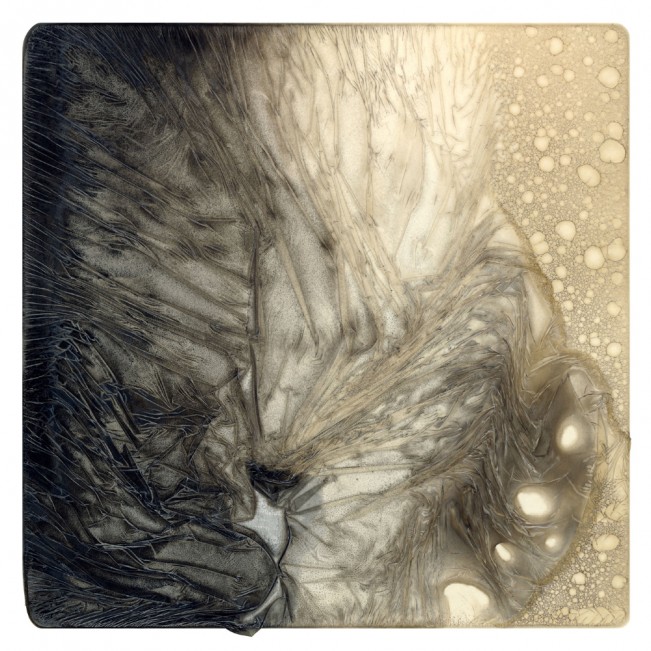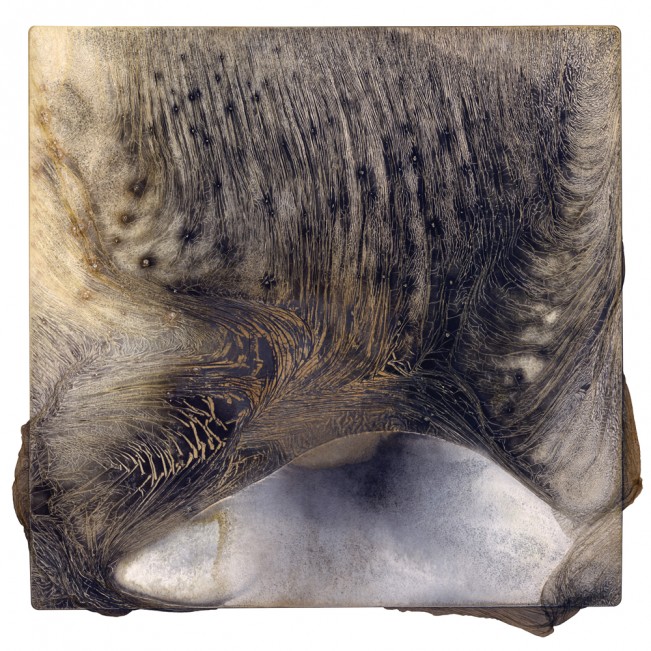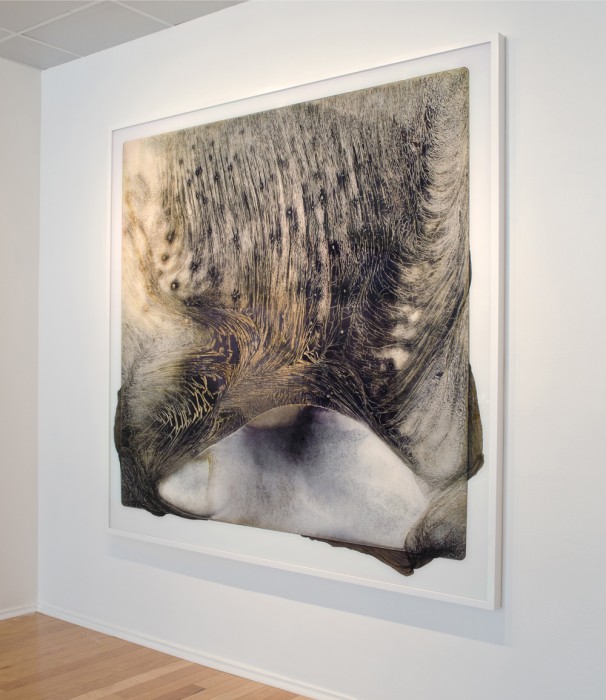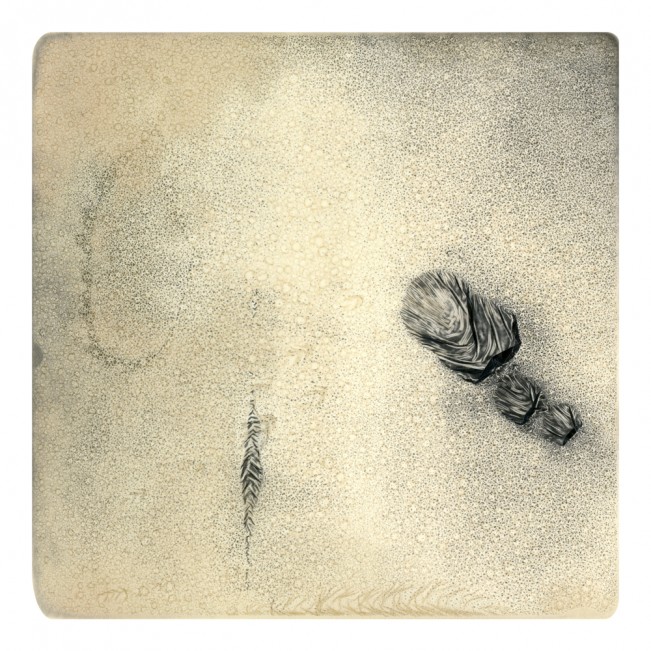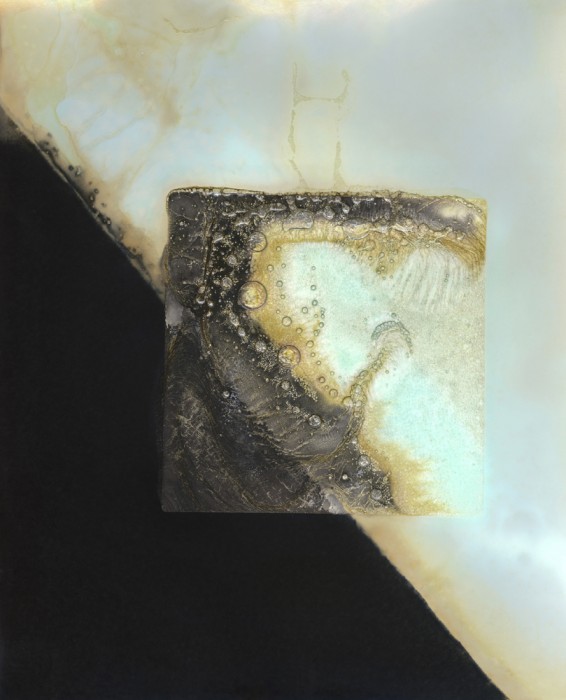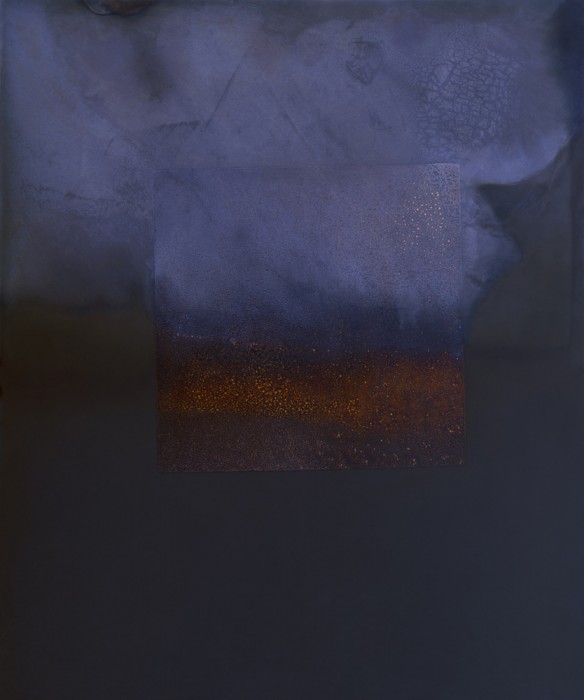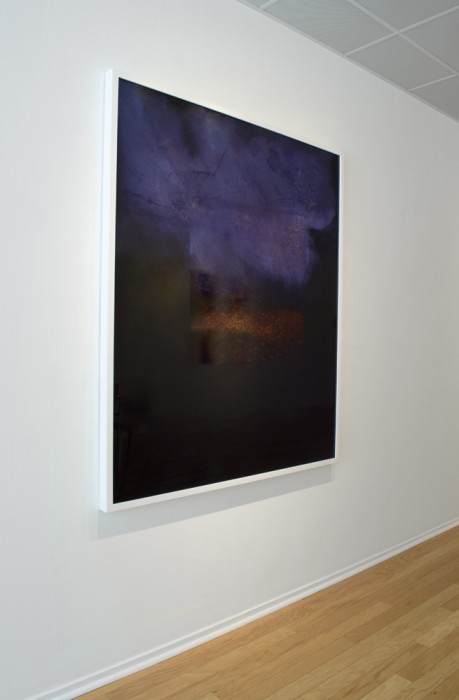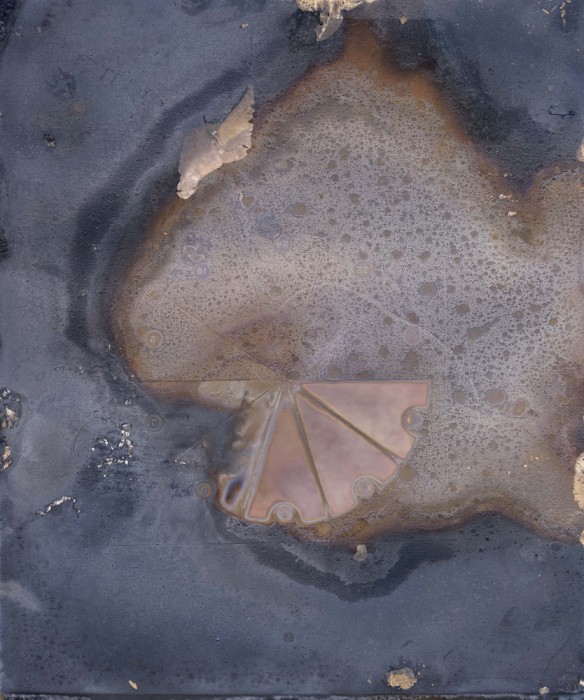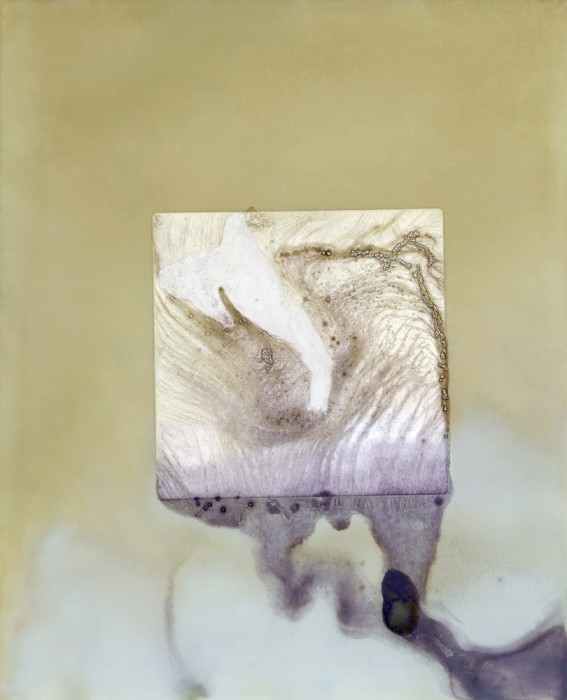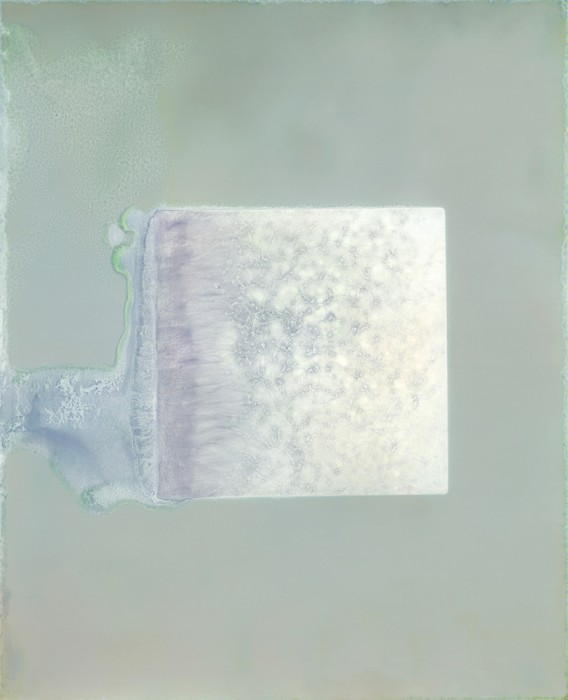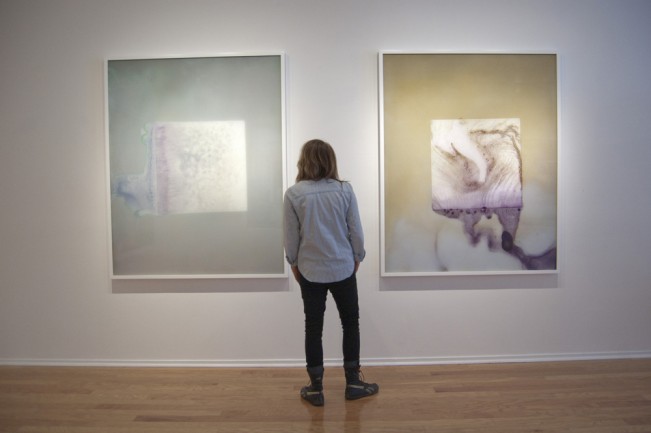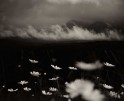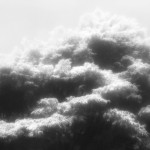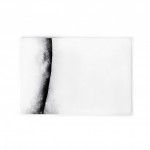Brittany Nelson: The States Project: Virginia
Brittany Nelson (AKA The Brittany Nelson) is one of greatest humans on the planet. She’s so tiny, I could almost fit her in my pocket, but she makes a huge statement. Just a minute ago I saw she posted a GIFed tintype, I mean, come on. We both started our teaching careers together at the University of South Carolina in 2011 as sabbatical replacements, putting the entire photography program in our hands. We can proudly say we didn’t burn the place down, but we sure did have a lot of fun. Brittany is a fantastic teacher; students are magnetized to her, and continue to talk about her for years after she left to head back to Minnesota. As fate would have it, we both ended up relocating to the same part of Virginia. She is currently the Visiting Artist in Photography at Virginia Commonwealth University and is a 2015 Creative Capital Foundation Awardee in Visual Arts.
Brittany Nelson is a 2015 Creative Capital Foundation Awardee in Visual Arts. She received a BA from Montana State University in photography and philosophy, and an MFA in photography from the Cranbrook Academy of Art, where she received the Cranbrook Director’s Award. Recent exhibitions include the Downtown Fair (New York, NY), Art Miami, Art Platform Los Angeles, David Klein Gallery (Detroit, MI), the Cranbrook Art Museum (Bloomfield Hills, MI), VisWeek (Seattle, WA), and 1708 Gallery (Richmond, VA). She has been commissioned by the Cranbrook Science Museum, was awarded the Fish/Pearce Award for excellence in process-based work from The Print Center, Philadelphia, and was recently given the Juror’s Choice Award for the Sidney Zuber Photography Award at the Phoenix Art Museum. Brittany is currently the Visiting Artist in Photography at Virginia Commonwealth University and is represented by David Klein Gallery in Detroit, MI.
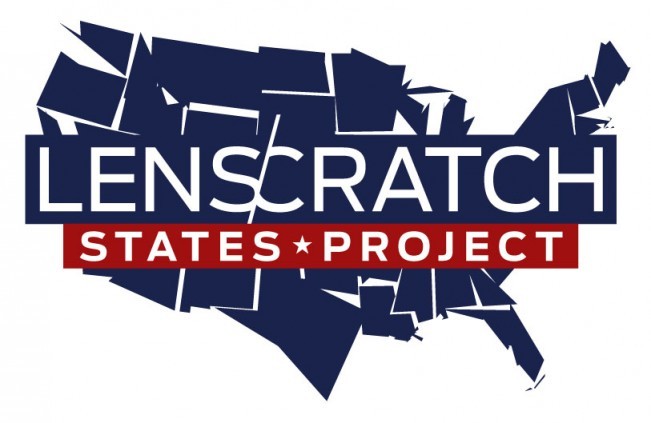 Physical photography has been reduced to filters, frames, textures and tintypes. The problem with this is not those formats, but the argument of why those processes matter anymore when photography’s biggest achievements are more accurate representation through technological advancement. By isolating the material from representational image making, the process itself can be questioned without the content from a referent. Through rigorous tests likened to a chemistry lab, the elements of photography –sans camera– become not an additive but the primary level of hierarchy in a piece. Akin to the minimalist view of paint on canvas, when separated from the representational image the analog material is placed in a position where we are no longer looking through the material into the image space, but instead examining the surface. The following set of experiments surrounded the obscure and toxic process of Mordancage. The caustic chemical combination involved reacts by detaching and dissolving the silver layer contained within gelatin silver darkroom papers. Acting as both a critic and participant, the chemistry becomes a means to address the current influx of abstract and material based photographic explorations by the intentional depletion and destruction of the materials required for the process.
Physical photography has been reduced to filters, frames, textures and tintypes. The problem with this is not those formats, but the argument of why those processes matter anymore when photography’s biggest achievements are more accurate representation through technological advancement. By isolating the material from representational image making, the process itself can be questioned without the content from a referent. Through rigorous tests likened to a chemistry lab, the elements of photography –sans camera– become not an additive but the primary level of hierarchy in a piece. Akin to the minimalist view of paint on canvas, when separated from the representational image the analog material is placed in a position where we are no longer looking through the material into the image space, but instead examining the surface. The following set of experiments surrounded the obscure and toxic process of Mordancage. The caustic chemical combination involved reacts by detaching and dissolving the silver layer contained within gelatin silver darkroom papers. Acting as both a critic and participant, the chemistry becomes a means to address the current influx of abstract and material based photographic explorations by the intentional depletion and destruction of the materials required for the process.
After a round of experiments reaches completion, select works are scanned at high resolutions for the creation of large-scale prints. The toxic and unstable nature of the images allows the scanner to capture the print in multiple/optimal states of existence, and provide a previously unseen and heightened examination of the materials. The enlargements, in addition, provide an archival alternative to the original materials, while showcasing their formal presence. Through this mediation, the image separates from the nostalgia of the analog process to speak directly to ideas of value and resources in a contemporary photographic dialogue.
Given that your work is not representational, how/where do you draw inspiration?
In my research I draw a lot parallels between contemporary photography and minimalist painting, so I’m spending a good amount of time with that particular era of the medium. I’m also really interested in the state that contemporary landscape photography is in, and what possible futures look like for pushing the dialogue forward with photo’s classic genres. Honestly most of my time on the internet is probably looking at images from the Mars rover, NASA satellites and deep sea exploration. I’m very interested in things that are naturally occurring but look synthetic, or are somehow completely unfamiliar to us. I grew up in Montana, and lived next to Yellowstone park in my twenties. That place is what I think being on another planet would be like. I said in a talk, jokingly, that the separation of photographic chemical process from representation is the new landscape photography. I’m always completely serious and joking at the same time.
Considering your process is so intimate, solitary, and on a much smaller scale, can you talk a little about your choice in presentation?
With the Mordancage chemistry work in particular, the original pieces are created quite small intentionally. Then they are scanned at a very high resolution, with the final output being large scale c-prints. The scale change becomes critical to this work in several ways. Firstly, it is a material investigation, so let’s take a good hard look at it. The enlargement provides a unique viewpoint where you can really examine these pieces. It moves the material into the unfamiliar, and it literally separates the viewer from the physicality of the work to create a representation of texture. This creates a space where you are asking the viewer to contemplate instead of dramatically experiencing something in real space. It also serves as a removal from the traditional 8×10 photographic document size to help separate it from any nostalgia for the darkroom or any overt references to the specimen. This of course, is the choice that needed to be made for this particular body of work to function. Other pieces need to be shown as actual objects and at varying scales to preserve the conversation around the research.
What are you listening to in the darkroom right now? Last I heard it was Ariana Grande.
Oh I really like it that you knew that. And yes, absolutely. So I wake up listening to JJ Cale, and then something happens when I get my respirator on and get into the darkroom. Maybe it’s me breathing in my own CO2, but I’m standing there in the dark and I’m thinking… holy crap, this Carly Rae Jepsen album is brilliant (and it is). There is a lot of dancing. Tongs flying into the air. Unsafe chemistry handling being practiced. It’s wild. There is no problem that can’t be worked through with some loud Ariana Grande. Have you seen that video? She is floating around in space with laser guns and a high ponytail. Come on. That’s amazing. Then Mordancage prints are flying out the door because I can’t make them fast enough.
This one is for you Ariana.
Posts on Lenscratch may not be reproduced without the permission of the Lenscratch staff and the photographer.
Recommended
-
Earth Month: Photographers on Photographers, Dennis DeHart in conversation with Laura PlagemanApril 16th, 2024
-
Luther Price: New Utopia and Light Fracture Presented by VSW PressApril 7th, 2024
-
Artists of Türkiye: Eren SulamaciMarch 27th, 2024
-
European Week: Sayuri IchidaMarch 8th, 2024
-
European Week: Jaume LlorensMarch 7th, 2024

